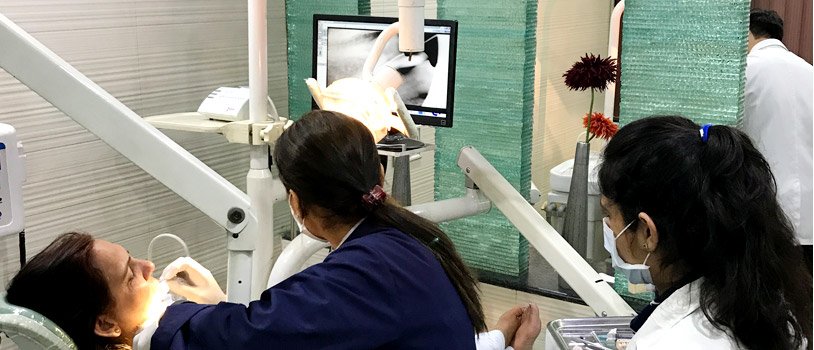The realm of cosmetic dentistry has many a treatment developed to offer complete skin rejuvenation and restore our skin’s lost youth. And if you’ve been paying attention to this fact of cosmetic industry, you would have noticed that Botox is one of the most essential parts of aesthetic improvement and is absolutely pivotal for complete cosmetic care.
Many surveys across the globe suggest that more than 60% of the dentists are in favour of providing Botox treatments and dermal filler injections. Moreover, most of them believe that dentists should be allowed to administer Botox both for cosmetic and therapeutic purposes.
As a matter of fact, no other profession is as well-versed in the anatomy of head and neck as a dentist. Dentists are, in fact, particularly trained to administer injections in places almost similar to where Botox is administered.
Currently, only about 10% of the dentists worldwide are trained in the use of Botox, and the demand for Botox and other cosmetic injectables has never been greater. A Botox course with Dental Courses in Delhi is a superb opportunity for dentists and physicians who want to add aesthetic and cosmetic procedures to their existing medical practice.
Botox and Aesthetic Training Objectives
– Patient assessment and consultation for Botulinum toxin
– Patient assessment and consultation for dermal fillers
– Contradictions and indications for injectable agents
– Extensive instructions in the anatomy and neurophysiology of maxillofacial area
– Anatomy of oral and maxillofacial areas
– Evaluation of patients for the best outcomes
– Safety and risk issues around Botox
– Safety and risk issues around dermal fillers
– Understanding likely adverse reactions and outcomes
– Avoiding likely reactions and outcomes
– Live patient training
Why choose Botox Course and other cosmetic courses from Dental Courses in Delhi?
Our Botox course is designed for general physicians, dentists and nurses, and there is no cosmetic specialization required. You’ll be learning from general dentists and would learn to incorporate Botox injections with some of the other cosmetic dentistry procedures like veneers. This will help you help you establish proper lip and smile lines, smooth them up and eliminate the vertical smoker’s lines. Our aesthetic training course would help you augment your existing dental specialties.
– Highly experienced mentors with 15+ years of experience
– Optimum student to teacher ratio
– Hand-on clinical training
– Free of cost volunteer patients
– Up-to-date aesthetic knowledge
For any further information on Botox training, please feel free to contact Dental Courses in Delhi, one of the best dental academies in India.

